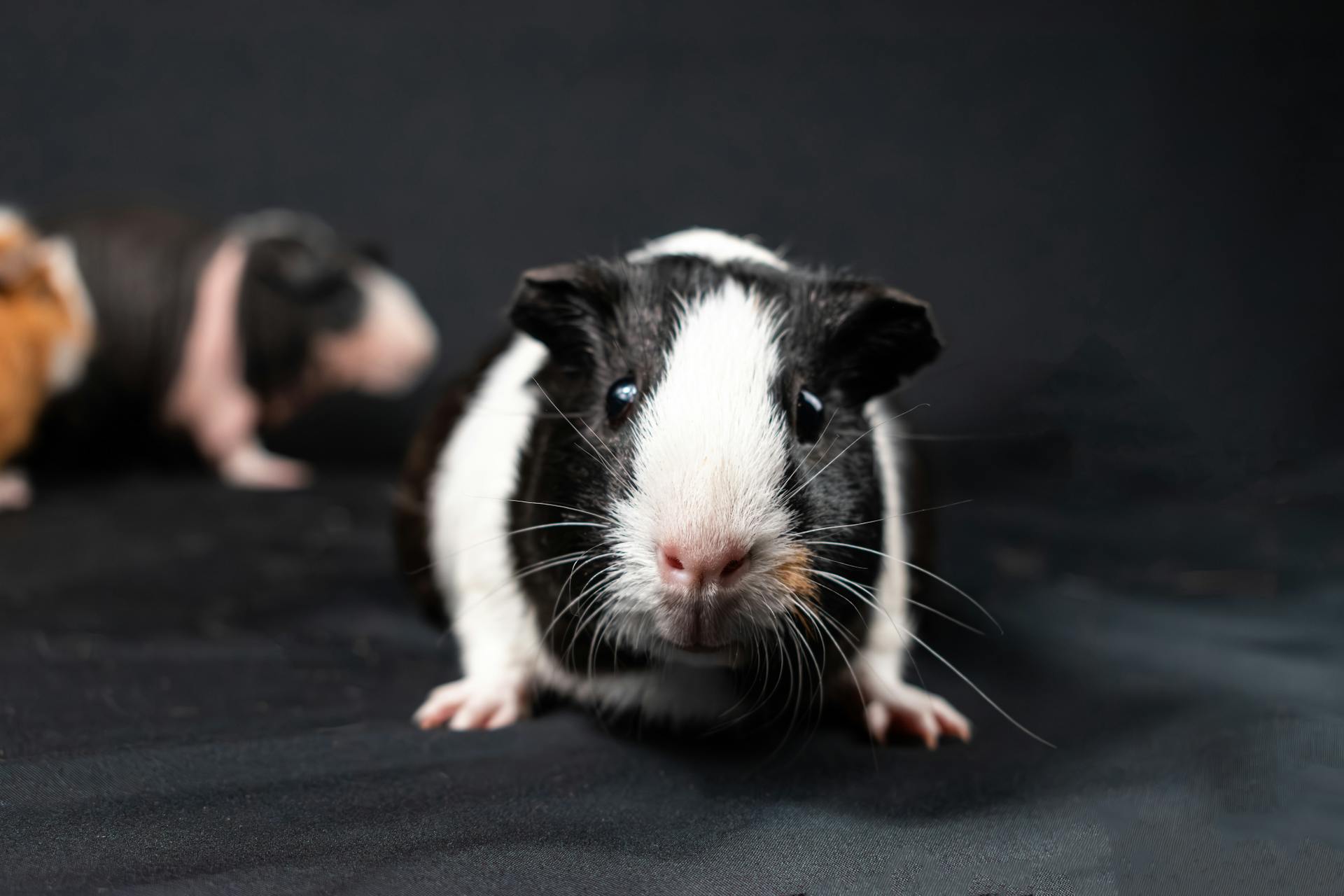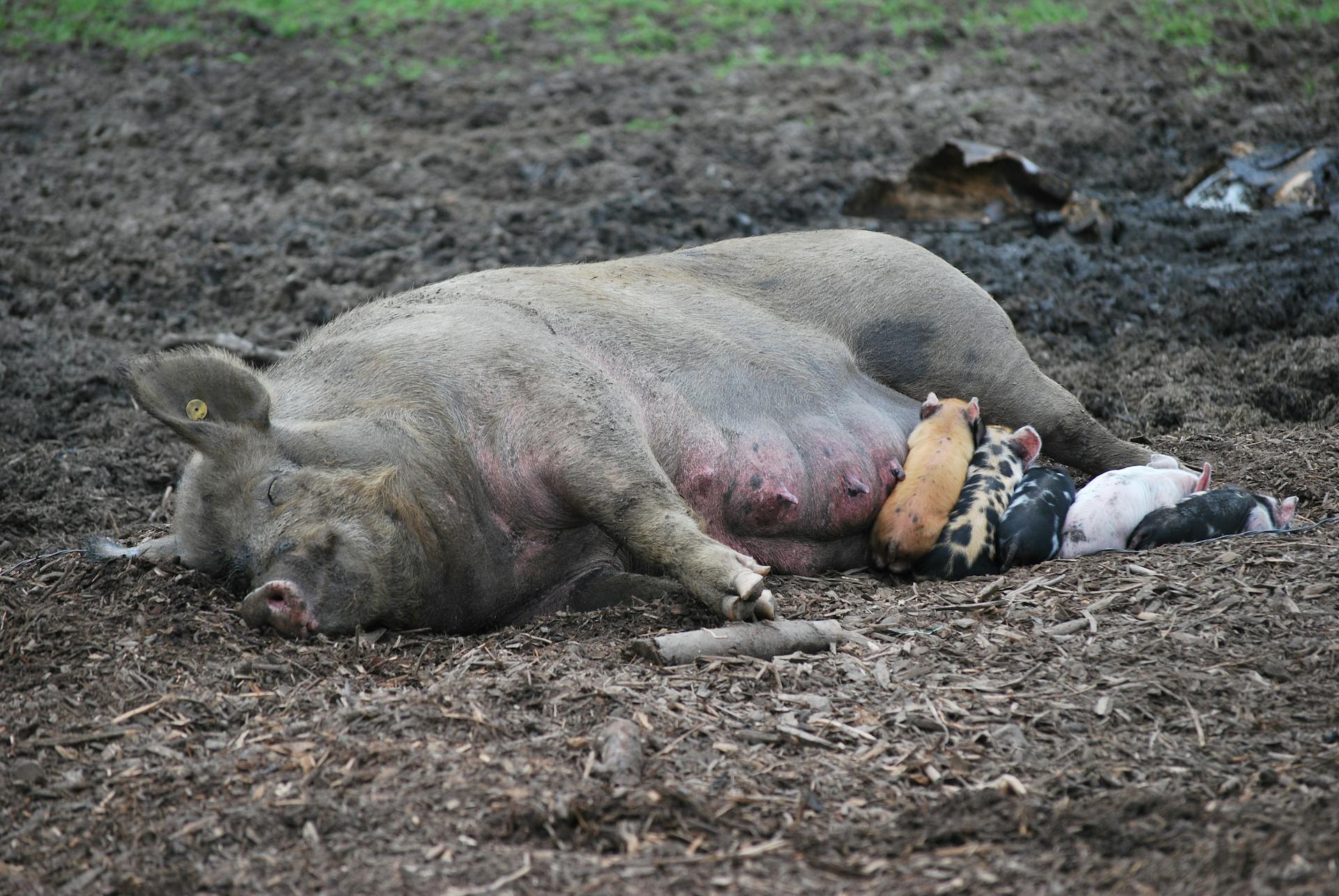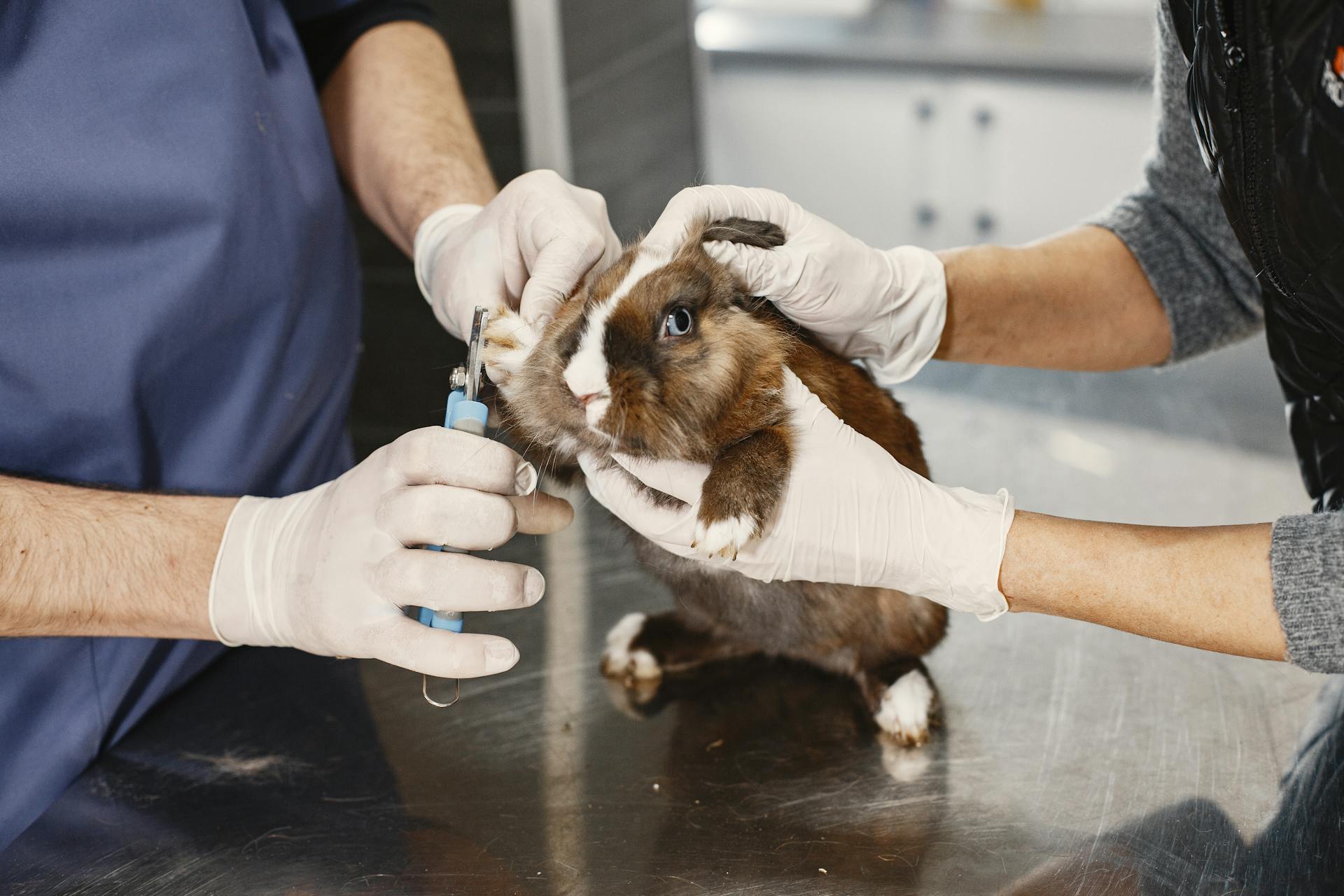
Guinea pigs are prone to sudden bursts of energy, known as zoomies, where they run, jump, and play at high speeds. These episodes can be quite entertaining to watch, but they can also be a sign of excess energy or boredom.
Guinea pigs typically exhibit zoomies in short bursts, lasting anywhere from a few seconds to a few minutes. They may start and stop suddenly, as if switching between play mode and rest mode.
Zoomies can be triggered by various factors, including playtime, social interaction, or even a change in environment. For example, a guinea pig might get zoomies after being let out of its cage or after interacting with its owner.
Why Do Guinea Pigs Get Zoomies?
Guinea pigs get zoomies because they're burning off excess energy associated with youth and vigor, especially younger ones who tend to jump highest.
You might notice that younger guinea pigs will do most of the running and jumping, letting off all that extra energy.
Novice guinea pig keepers have been known to mistake guinea pig popcorning for a seizure, but with some observation, you'll soon spot the difference.
Guinea pigs that are having a seizure will fall on their side and wave their legs around, often with jerky motions to the head, whereas zoomies are a swift and energetic activity.
If your guinea pig fails to get back to its feet immediately after jumping or falling, it's time to consult the vet.
More space in a guinea pig's home means more room for activities, which can lead to more zoomies.
You might notice your guinea pigs exhibit a happy and joyful behavior during zoomies, often accompanied by some popcorns too!
Younger guinea pigs are more likely to do zoomies, but don't write off older ones – they just might not do it as often.
Guinea Pig Behavior
Guinea pigs are naturally social creatures and are happiest when living with other piggies. They thrive in herds of ten or more in the wild, and as pets, they're happy with at least one piggy companion.
In the wild, guinea pigs live in herds of ten or more, and as pets, they're happy with at least one piggy companion. They're big conversationalists, talk, talk, talk, all day long muttering to themselves or their piggy pals.
A happy guinea pig is a talky one, and they'll often display this by eating food from your hand, letting you hold and pet them, nuzzling you, lightly nibbling and licking you. Toward their housemate, they may show affection by sniffing, licking their ears, lying next to each other and talking.
For your interest: Are Zoomies a Sign of a Happy Dog
Characteristics of Zoomies
Guinea pigs are naturally inclined to run and move around, especially when they're happy and active.
Younger guinea pigs tend to jump highest and do most of the running and jumping, letting off excess energy associated with youth and vigor. They may chase each other in fast loops when they're excited or playful.
Guinea pigs may run in circles, a sign that they're feeling energetic and playful. This behavior is called "zoomies", a way for guinea pigs to burn off energy and express their happiness.
You might like: When Do Puppies Grow Out of Zoomies
Zoomies are often combined with popcorns, where guinea pigs might race around their enclosure a few times, then stop still, then start zooming again. This behavior is a natural expression of happiness and joy.
Younger piggies tend to display zoomies more frequently, but older ones can also exhibit this behavior, just not as often.
Physical Needs
Guinea pigs are social animals and love to live in groups, but they do need some space to themselves and can become stressed if overcrowded.
They require a large cage or enclosure with plenty of hiding places, such as tunnels and boxes, to help them feel secure.
Guinea pigs are herbivores and need a high-fiber diet with plenty of fresh veggies and hay.
Fresh water should be available at all times, and a water bottle or bowl should be cleaned daily to prevent bacterial growth.
Guinea pigs are prone to health issues if their cage is not kept clean, so it's essential to clean their cage regularly.
For another approach, see: Guinea Pig Water Bottle
They also need regular exercise outside of their cage to stay healthy and happy.
A minimum of 2 hours of exercise time per day is recommended, but more is better.
Guinea pigs are sensitive to temperature extremes and should be kept in a room with a consistent temperature between 65-75°F (18-24°C).
On a similar theme: Ideal Temperature
Understanding Guinea Pig Zoomies
Guinea pigs have a natural instinct to run and move around, especially when they're happy and active, which is an indication of their playful behavior.
This behavior is called "zoomies", and it's a way for guinea pigs to burn off energy and express their happiness.
Zoomies are often seen in young guinea pigs, but don't write off older ones - they just might not do it as often.
Guinea pigs may chase each other in fast loops when they're excited or playful, and this behavior is a great sign of happy guinea pig pairs.
Providing an environment that allows your piggies to entertain themselves and you too can encourage zoomies.
The car pulling up outside, jingling keys, and rustling carrier bags can trigger a chorus of squeaks from your guinea pigs, also known as 'Wheeking', which they associate with something they're eagerly anticipating.
Guinea pigs may be thinking of a belly full of delicious salad, love and attention from their favourite human, or new toys and hay to forage in their tray.
The cutest thing about Wheeking is the Dumbo-like flappy ears that accompany it.
Guinea pigs that are happy and excited may also popcorning, which is a natural workout for them to stay trim.
Not all guinea pigs entertain their owners with popcorning, but most of them do, and it's usually a sign of happiness and joy.
It's essential to provide your guinea pigs with lots of space for activities, as it's hard to instigate zoomies by calling "Walkies" or waving Pignip under their nose.
Novice guinea pig keepers have been known to mistake guinea pig popcorning for a seizure, but a guinea pig that is having a seizure will fall on its side and wave its legs around, often with jerky motions to the head.
Sources
- https://guineapigcagecompany.com/pages/zoomies-popcorning
- https://haypigs.com/en-us/pages/sounds-behaviour
- https://www.penthousepiggies.co.uk/blog/5-telltale-signs-your-guinea-pig-is-happy
- https://www.republicworld.com/entertainment/guinea-pig-takes-zoomies-like-a-dog-video-wins-internet/
- https://blog.omlet.us/2021/01/11/why-do-guinea-pigs-popcorn/
Featured Images: pexels.com


